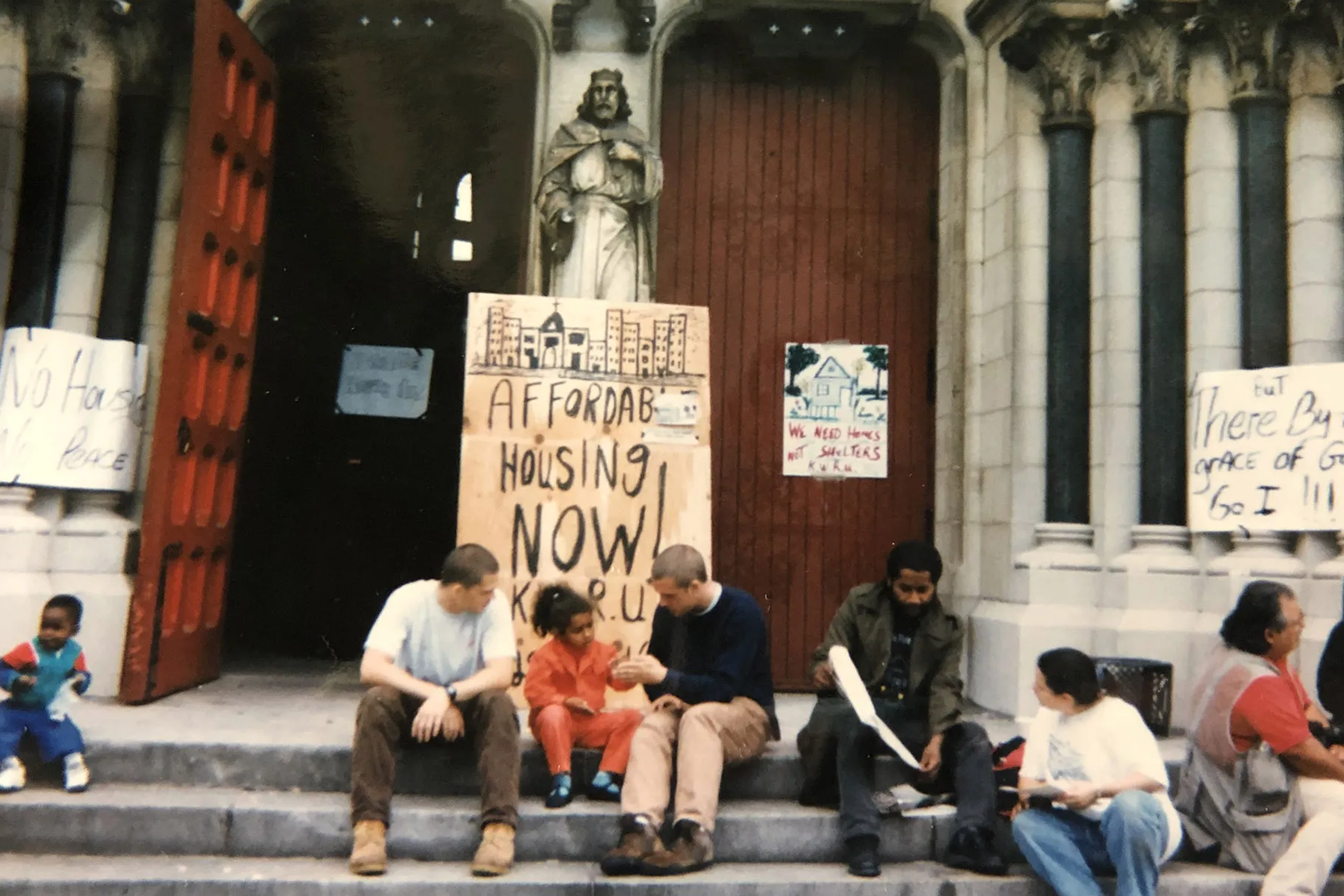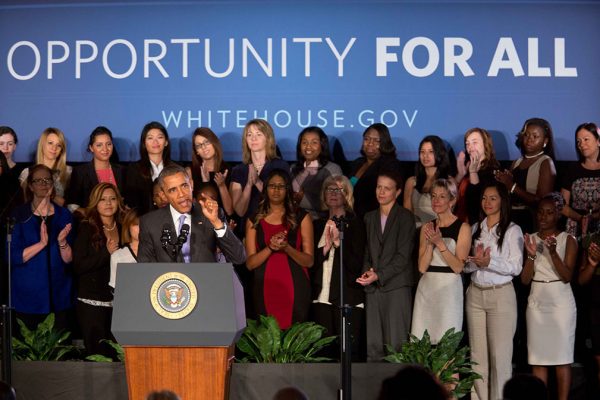I was eighteen when I first started organizing in Kensington, on the boundary between lower north and northeast Philadelphia. At the time very racially diverse, the neighborhood was an emblem of the country’s changing economy; once an epicenter of the textile industry, it was pummeled by deindustrialization in the 1970s and 1980s, and before the 1996 federal welfare reform law, the two main sources of income for residents were welfare and drugs. A peasant organizer from Haiti told me that the housing and health conditions in mid-1990s Kensington looked as bad as those in her hometown.
Mie Inouye opens her essay with a bracing question: “Why do you organize?” In Kensington, the task of uniting, organizing, and building solidarity among its diverse and impoverished population began at the level of sheer survival. The neighborhood was quietly performing epic feats of ingenuity, often collectivizing scarce resources to provide food, housing, and protection from an antagonistic police force and city government. The Kensington Welfare Rights Union (KWRU)—an outgrowth of efforts of poor women who had organized with the National Welfare Rights Organization (NWRO), the largest poor people’s organization of the 1960s—emerged from this street-level activity, and I quickly joined. Over time the group adapted the spontaneous survival tactics people were already using into what we called “projects of survival”—a politicized form of mutual aid designed to meet some of our member’s most immediate needs while also fighting for structural changes that could transform the conditions they were living in.
We borrowed the name from the Black Panthers, who in the 1960s and ’70s created “survival programs” like free health clinics and a free breakfast program. The Panthers saw these programs as a way to build a movement that could spark larger political change, and they infused all their survival work with deep political study and analysis, highly visible protest, sophisticated communications and cultural organizing, and a commitment to sustaining leaders who could stick and stay for the long haul. All these factors helped build the “endurance” that Inouye rightly points out is critical to a movement’s effectiveness.
Building on the work of the Panthers and similar organizing efforts, we established homeless encampments and coordinated housing takeovers across Kensington. We flooded welfare offices, helping community members navigate the byzantine welfare system to access the benefits. As one summer turned into fall and a cold front swept through a large KWRU encampment known as Tent City, we decided to move into a vacant church a few blocks away. Earlier that year the Archdiocese of Philadelphia had shuttered St. Edward’s Catholic Church, but some congregants continued to come back every Sunday to pray on the church steps. Eventually dozens of Tent City residents walked up those steps and broke the iron locks on the front doors, igniting a highly publicized occupation that lasted through the winter. Inside, we hung posters and banners; one asked, “Why do we worship a homeless man on Sunday and ignore one on Monday?” We fed and cared for one another in a racially and religiously diverse “congregation” of our own, whose youngest resident was four months old and whose oldest was in his nineties. Our occupation ultimately pressured the Archdiocese to re-prioritize its ministry within poor communities, electrifying the local media and forcing Philadelphians to pay attention to the city’s rampant poverty.
In the short term, survival projects like Tent City and the St. Edward’s takeover allowed us to build trust within Kensington and meet the needs of community leaders, many of whom were mothers on welfare. These projects also served as bases of operation for bigger and bolder organizing—not just in Kensington, but in alliance with struggles of the poor across the city, state, country, and world. These experiences opened my eyes to a new way of understanding how social change occurs. Amid chaos and catastrophe, poor and oppressed people rarely wait to be saved; they take whatever lifesaving action is available to them, marshaling an immense spirit of cooperation, solidarity, and generosity. This instinct for collective care and survival is the generative ground from which powerful movements from below emerge. By moving into action, poor and oppressed people are able to awaken the indignation and imagination of others, winning wider sections of society and creating a movement that envisions a different kind of political and economic relations.
As we think about building solidarity today, I believe our society still has much to learn from the plight, fight, and insight of its unsung heroines. The welfare mothers of NWRO left a lasting, if underappreciated, mark on the life of our nation. Their position at the very bottom of the economy was painful, but it offered a potent clarity about the immorality and violence of a society that throws out more food than it takes to feed the hungry the world over. As organizer Johnnie Tillmon explained in a groundbreaking 1972 Ms. magazine essay:
I’m a woman. I’m a Black woman. I’m a poor woman. I’m a fat woman. I’m a middle-aged woman. And I’m on welfare. In this country, if you’re any one of those things you count less as a human being. If you’re all those things, you don’t count at all. Except as a statistic. . . . welfare is a women’s issue. For a lot of middle-class women in this country, Women’s Liberation is a matter of concern. For women on welfare, it’s a matter of survival.
Struggling every day to get by, poor women, especially women of color, depend on an ability to organize communities across lines of historic division. The fusion of their economic, racial, and gender analysis was years ahead of their time, anticipating the notion of intersectionality. Their policy demands were pioneering and prescient—from guaranteed adequate income to universal health care, from affordable housing demands to the right to thrive rather than barely survive. Most importantly, NWRO organizers backed up their visionary analysis with real, robust organization. Long live the visionary leadership and solidarity of welfare rights activists and poor people organizing a movement for change!








